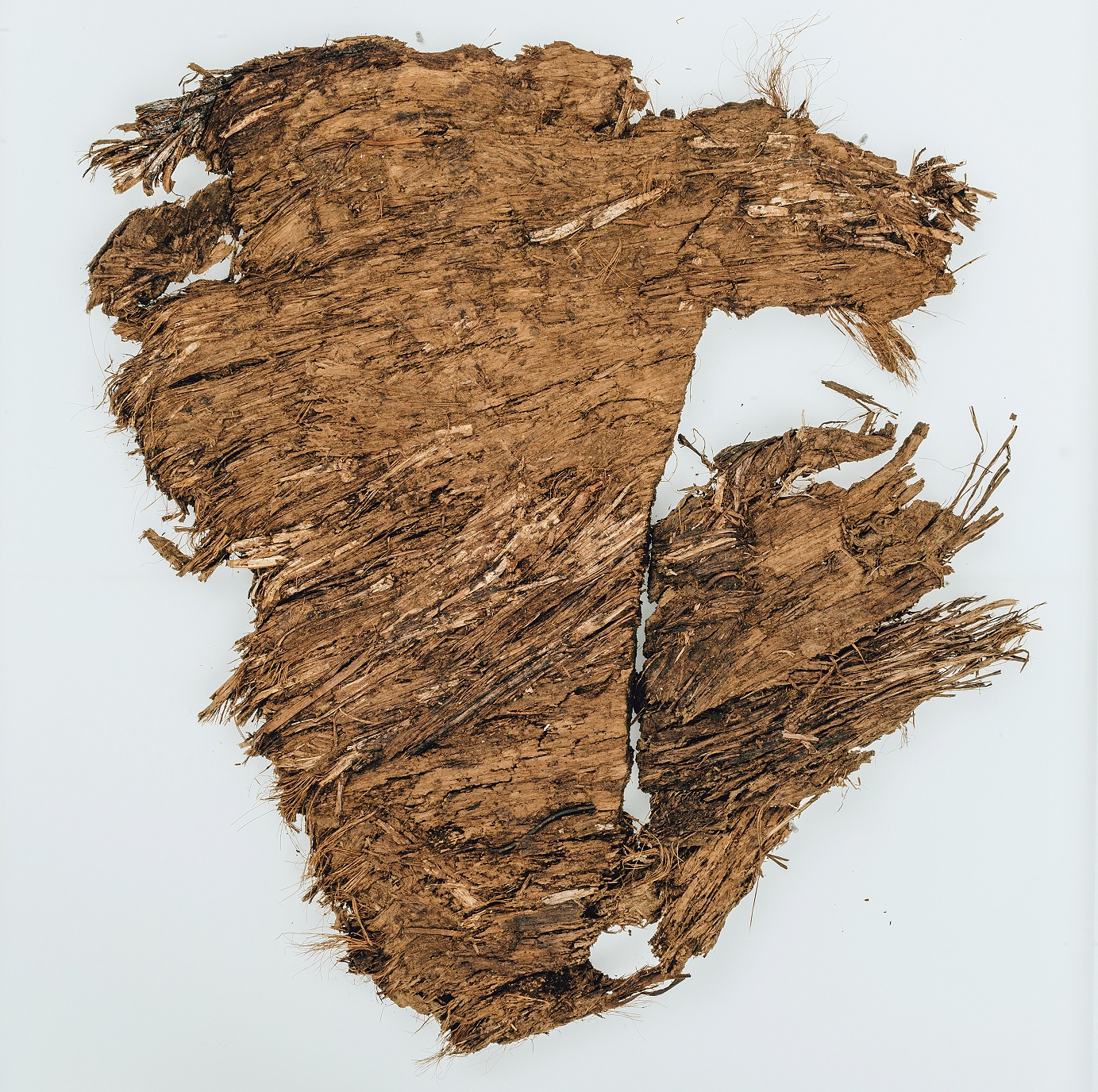Discover 'The World of Stonehenge'
6 February 2023
Plymouth Archaeology Society is delighted to be hosting a talk at the University of Plymouth on 6 March by Dr Neil Wilkin, British Museum Curator of Early Europe.
Last year Dr Wilkin was lead curator of a major exhibition, ‘The World of Stonehenge’, at the British Museum. It attracted over 190,000 visitors. The Box was pleased to loan some of its unique Early Bronze Age artefacts from Whitehorse Hill to be part of the exhibition.
Dr Wilkin will explain how ‘The World of Stonehenge’ surprised visitors by displaying objects from across Britain, Ireland and north-west Europe. It showed that Stonehenge was not isolated but existed in a time of connections, travel and big ideas.
He will also reflect on the stories the exhibition told and what was learnt about the time of Stonehenge while the exhibition was being staged. In addition, Dr Wilkin will explore the questions which still remain to be answered. He will also note the valuable contribution of loaned items, such as the Whitehorse Hill objects from Plymouth, and place them in their wider context.
The artefacts excavated in 2011 at Whitehorse Hill, Dartmoor, remain nationally and internationally important. They were recovered from a cist, which is a small stone burial chamber. Many of the objects are made from organic materials such as wood and animal hair and are completely unique.
Due to their extreme fragility, the artefacts which are almost 4000 years old, cannot be on continuous display. However, some of the objects, alongside replicas, are always exhibited in the archaeology area of the Port 1 gallery at The Box Plymouth. Currently, sections of a bear pelt, a selection of beads and a small flint tool are displayed. In addition, for the first time since 2014, the artefact known as the ‘matted plant layer’ is on show.
A layer of plant ‘packing’ was used as matting around the buried remains in the Whitehorse Hill cist and also placed on the granite slab beneath the cremation. The plant, identified as purple moor grass, still grows in abundance on Dartmoor today and was probably growing close to the cist in prehistory. Scanning Electron Microscope work indicated that the grass was gathered by hand in late summer or early autumn.
It is thought that the individual in the Whitehorse Hill cist was aged between 15-25 years. The grave goods suggest that the person was female. The Whitehorse Hill collection was kindly donated by The Duchy of Cornwall.

The talk ‘Staging the World at Stonehenge at the British Museum’ by Dr Neil Wilkin is part of the winter lecture series organised by Plymouth Archaeology Society. It will be held at 7pm on Monday 6 March in the Devonport Lecture Theatre of the Portland Square Building at the University of Plymouth. Plymouth Archaeology Society members, University staff and students with valid ID and all school students are admitted free. Everyone else is welcome but are asked to contribute £4 towards expenses. For further details see online.
Thanks to Fiona Pitt, Curator of Archaeology
Stonehenge and exhibition images courtesy of The British Museum